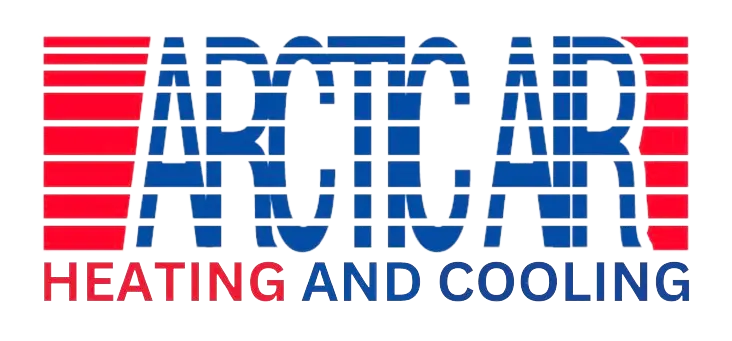There’s nothing worse than turning on your furnace the first cold morning of the season and not getting heat. Prepare your heating system for cold weather and rest assured you’ll have heat when you need it. Here are seven steps to take each year before the weather turns cold. These small tasks will keep you cozy and safe and could save you money on your utility bill this winter to.
7 Ways to Prepare Your Heating System for Fall and Winter
1. Replace old air filters
Start to prepare your heating system for the colder weather by removing the old air filters and replacing them with new ones to improve the efficiency and efficacy of your heating system.
Filters that are dirty in your home make your heating system work harder than it needs to, are inefficient, and cost you more money on your energy bills. To avoid sediment and debris build-up and keep your heating system functioning smoothly and efficiently, check your filters on a regular basis during the winter.
To ensure optimal HVAC system efficiency, replace your air filters every three months as a general rule of thumb.
2. Lower the thermostat
This may sound strange, but for every degree the thermostat is dropped, the average home can save roughly 2% each month on their winter utility bills; this may not seem like much, but it adds up over time! If you prefer your home to be at 74 degrees, lower the temperature to 70 degrees and wrap yourself in a blanket for more warmth and/or add a sweater to your outfit.
Bundle up your savings and bundle yourself up! It’s a win-win situation.
When your home is empty, you can save even more money by dropping the thermostat even lower. A programmable thermostat is a great way to accomplish this. Despite the fact that programmable thermostats are more expensive up front than regular thermostats, they typically pay for themselves in just one winter season.
3. Seal all leaks
Outside, not inside, is where cold air belongs.
Before the onset of winter temperatures, it is critical to check for leaks around your home and seal them. Warm air will quickly exit your home through any leaks or cracks, forcing your heating system to work harder and longer. In the long term, this will cost you more in energy in general and add to the avoidable energy waste that is damaging the environment.
To seal cracks and leaks around your home, use weatherstripping and caulk. You should also check the roof and chimney to determine if any repairs are needed, as this is where the majority of warm air escapes (remember, warm air rises).
4. Clean the chimney (if you have one)
Is there a chimney in your house? A clean chimney is essential for maintaining a safe and non-hazardous home environment.
Examine your chimney with a flashlight. Make sure there are no holes or impediments, such as bird nests, that could affect your entire home’s HVAC performance. Clean chimneys prevent house fires and the development of toxic gases like carbon monoxide, ensuring that your home does not become a safety hazard.
A clean chimney will also reduce heating costs by preventing cold drafts.
5. Clean your gutters
Fall leaves and debris left in gutters throughout the winter can choke drains, causing ice dams and causing your drainage systems to malfunction. Water could leak into your home (via rain, sleet, or snow), causing damage to your belongings and sending your energy expenses soaring.
Cleaning out your drains and gutters immediately will save you the trouble of correcting water damage later. While running water through gutters, be sure to check for misalignments on a regular basis; this is another crucial step in preventing water damage too.
6. Seal any ducts
Most people don’t think about ducts because they’re normally hidden in the attic or basement of their homes.
In homes with central heating systems, however, up to 20% of the heating that passes through the duct system can be lost if the ducts are not sealed and properly prepared for winter. Ducts that have been correctly sealed might save you up to $120 per year on your energy bill!
7. Unblock heating vents
Furniture or huge, decorative items are frequently put in locations within homes where heating vents are unintentionally blocked. To avoid your heating system working harder than it has to, keep your heating vents clear. Blocked vents can also cause the furnace to overheat, putting your home at risk. Uncovered vents allow heated air to escape and scatter evenly around the house, keeping your home toasty warm.
The HVAC experts at Arctic Air KC suggest having your home’s heating system professionally inspected at least once a year – preferably before the winter season begins –to ensure everything is working as smoothly and efficiently as possible. If you would like our qualified heating professionals to assist in preparing your heating system for winter, contact us here to get a head start on the seasonal change.

